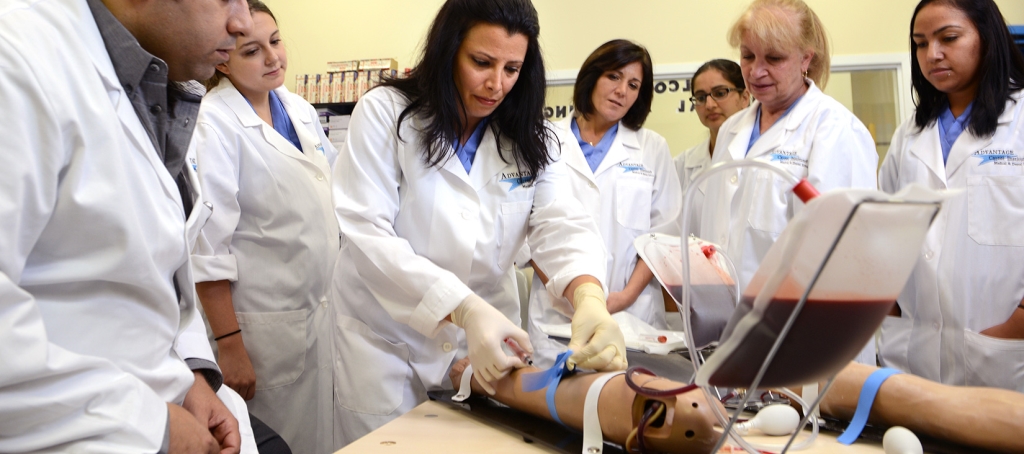CNA vs. Phlebotomist: wich Healthcare Career Suits You Best?
Choosing a career in healthcare offers numerous rewarding opportunities, but it can sometimes be challenging to decide which path aligns best with your interests, skills, and career goals. Two popular options for entry-level healthcare roles are becoming a Certified Nursing Assistant (CNA) or a Phlebotomist. both careers are critical to patient care, but they differ considerably in responsibilities, training requirements, job environment, and growth prospects. This comprehensive guide compares CNA and phlebotomist careers to help you determine which healthcare profession might be the best fit for you.
What Is a Certified Nursing Assistant (CNA)?
A Certified Nursing Assistant (CNA) is a frontline healthcare provider who offers basic patient care under the supervision of registered nurses (RNs) or licensed practical nurses (LPNs). CNAs are vital in hospitals, nursing homes, long-term care facilities, and clinics, assisting patients with daily activities and ensuring their comfort and safety.
Key Responsibilities of a CNA
- Assisting patients with bathing, dressing, and grooming
- Monitoring patient vital signs, such as blood pressure and temperature
- Helping patients with mobility and repositioning
- Serving meals and assisting with feeding
- providing emotional support and companionship
- Documenting patient care activities
Training and Certification Requirements
Becoming a CNA generally involves completing a state-approved training program, which can range from 4 to 12 weeks, followed by passing a competency exam. Requirements vary by state but typically include a minimum number of hours in classroom learning and hands-on clinical practice.
what Is a Phlebotomist?
A Phlebotomist specializes in drawing blood samples from patients for tests, transfusions, donations, or research. They play a crucial role in medical laboratories,hospitals,blood banks,and diagnostic centers,ensuring the collection process is safe,efficient,and comfortable for patients.
Key Responsibilities of a Phlebotomist
- Preparing patients and explaining procedures
- Collecting blood specimens using various techniques
- Labeling and handling samples properly
- Maintaining equipment and supplies
- Ensuring patient safety and comfort
- Processing and sending specimens to laboratories
Training and Certification Requirements
While certification is often preferred, some states and employers require formal training in phlebotomy, which can be completed in as little as 8 weeks through specialized programs. Certification is usually obtained through organizations like the American Society for clinical Pathology (ASCP), which can enhance employment prospects.
comparing CNA and Phlebotomist Careers
| Aspect | Certified Nursing Assistant (CNA) | Phlebotomist |
|---|---|---|
| Primary Focus | Providing direct patient care and assistance with daily activities | Drawing blood samples and handling specimens |
| Work Environment | Hospitals,nursing homes,long-term care facilities,clinics | Hospitals,laboratories,blood banks,outpatient clinics |
| Average Salary (U.S.) | $30,000 - $36,000 per year | $35,000 – $45,000 per year |
| Training Duration | Usually 4-12 weeks | Typically 6-8 weeks |
| Job Growth Outlook | 5% growth (steady demand for elder care) | 10% growth (rising need for lab tests) |
| Certifications | State certification after training and exam | Optional but recommended; credential from ASCP or equivalent |
| Physical Demands | High – assist with mobility, lifting, repositioning | Moderate – standing, fine motor skills for blood draw |
| Interaction Level | High – Frequent patient interaction | Moderate - Focused on sample collection |
Benefits of Choosing a CNA or Phlebotomist Career
Benefits of Being a CNA
- Speedy entry into the healthcare field
- High demand across various medical settings
- Opportunities to advance into nursing roles
- Rewarding work helping vulnerable populations
Benefits of Being a Phlebotomist
- Fast certification process, quick job entry
- High pay potential for entry-level roles
- Specialized skill set valued across healthcare sectors
- Opportunities to work in diverse healthcare environments
Practical tips for Choosing Your Healthcare Path
- Assess your interest in patient care versus technical laboratory work
- Research local certification and training programs
- Consider your physical stamina and interpersonal skills
- Think about career advancement opportunities
- talk to professionals in both fields for firsthand insights
Real-life Experience: CNA vs. Phlebotomist
Case Study 1: Maria, CNA
Maria enjoyed working closely with elderly patients. Her compassionate nature made her a natural caregiver, and she appreciated the immediate impact she had in improving patient comfort. After completing a 6-week CNA program, she found employment quickly and is now considering advancing her career with nursing school.
Case Study 2: John, Phlebotomist
John liked the technical aspect of healthcare and was interested in laboratory work. His training in phlebotomy took just two months, and he now works in a busy hospital blood lab. He values the specialized skills he has gained and the opportunity to work in a fast-paced environment.
Conclusion: Which healthcare Career Fits You Best?
Choosing between a CNA and a Phlebotomist career ultimately depends on your personal interests, skills, and long-term goals. If you enjoy direct patient interaction, caregiving, and making a difference in peopleS daily lives, becoming a CNA might be the right path. Conversely, if you prefer working behind the scenes with a focus on laboratory procedures and technical skills, pursuing a phlebotomy career could be more satisfying.
Both careers offer rewarding opportunities with solid job prospects and room for advancement. Consider your strengths, research training programs, and speak with healthcare professionals to make an informed decision. Embarking on either path can be the first step toward a fulfilling career in healthcare.
